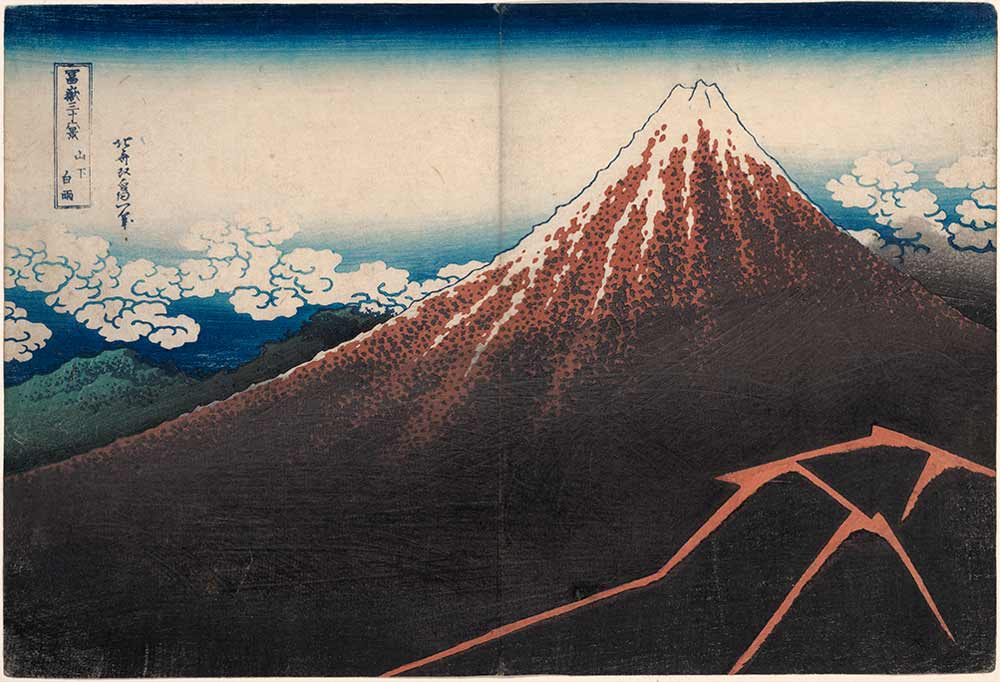STARTS
2011-08-27 00:00:00
Ends
2012-04-15 23:59:59
Location
Landscapes East/Landscapes West
Landscapes East/Landscapes West: Representing Nature from Mount Fuji to Canyon de Chelly
Across time and space, artists have been inspired to capture the sublime beauty of nature in two-dimensional images.
The widely differing forms and styles of these images reflect not merely the diverse scenery artists encountered, but also their artistic materials, cultural attitudes to nature, and individual creativity. From early times in China, spiritual communion with the natural world inspired artists to master the techniques of landscape painting, termed in Chinese shanshui, “mountain and water.”
By the end of the 10th century, landscape had become the backbone of Chinese painting, a role it continues to play today. Interest in landscape arose later in the West, where it was first used as a background for figures, often in Biblical settings. In 17th century Europe, however, landscape painting emerged as a distinct genre, and by the 19th, it came to rival figure painting in importance. During the middle of the 19th century photography, especially in America, embraced landscape as a central theme. As environmental concerns become ever more pressing during our present era, nature is reaffirmed as a universally relevant and enduring source of artistic inspiration.
The exhibition, a collaboration among six curatorial departments, juxtaposes landscape paintings, drawings, prints and photographs by Chinese, Japanese, European and American artists from the 15th century to the present, exploring both the striking commonalities and equally striking divergences in the depictions of this universal theme.
